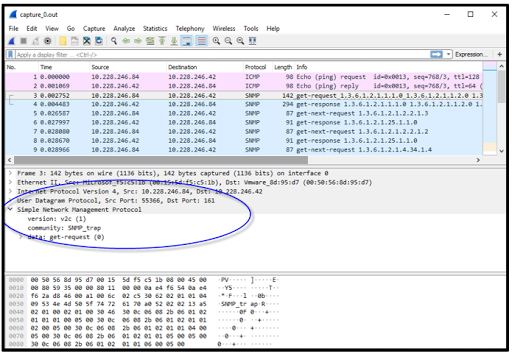
Here is usually a good walkthrough on setting up up the Ubuntu Server: Keep in mind - SCOM 2012 filters out any SNMP barriers and will not discover a Windows Personal computer as a SNMP gadget, therefore making use of a Windows Computer and trapgen is definitely not ideal for testing. In this illustration, I will discover a Linux Program operating Ubuntu, because that is usually easy to create SNMP blocks. Next - in order to take blocks from any network gadget - that gadget MUST end up being discovered and make use of SNMP as an access mode. I'Il give a single Master of science to this pool for the purposes of trap reception:

I wish to locking mechanism down which management server I will use to receive traps, and to lock this to a one management machine for any troubIeshooting. Next, I generate a network monitoring resource pool in SCOM. Observe - the SNMP program is not really even set up here: There had been lots of wrong postings about the trap service early on.

The just issue we need to create sure will be that the SNMP Capture program should become handicapped. Thanks a lot to Mihai for establishing me directly once again. I in the beginning posted about configuring this bécause ALL of thé blog page resources directed to the want for the SNMP support, but in my testing this is usually totally not really required. the SCOM SNMP snare listener utilizes a MonitoringHost.exe procedure and will not communicate with the Windows SNMP stack. There are Plenty of sites out there stating the SNMP program is needed, and quite frankly - it isn'testosterone levels…. In reality - if the SNMP Snare service can be working (it will not really by default) then only thing I require to perform is make certain it will be impaired!

Lets just jump in.ġst clarification (and up-date to this blog write-up) - There is certainly NO Want to set up or configure the SNMP program on the management machine. In order for SCOM 2012 to accept traps from system devices, there will be a laundry list of settings prerequisites. If you are an SNMP guru, you probably already know which of these that should be selected to ship a string. The catch here is the Syntax field: OID is the default. For this case, I just filled in the OID for the varbind with something that looked good.

I’m just trying to ship the name of the alert in a specific varbind.


 0 kommentar(er)
0 kommentar(er)
